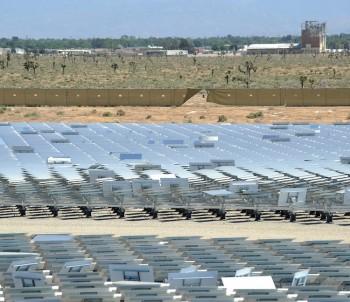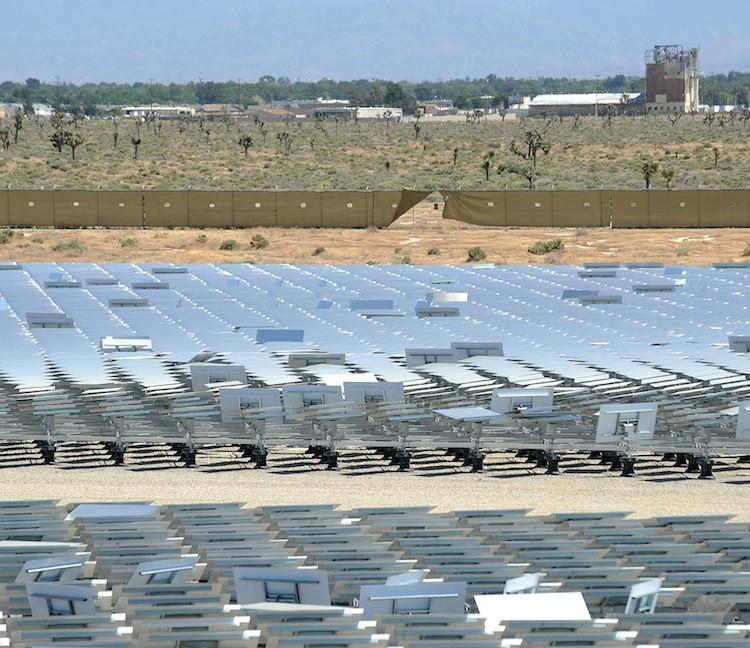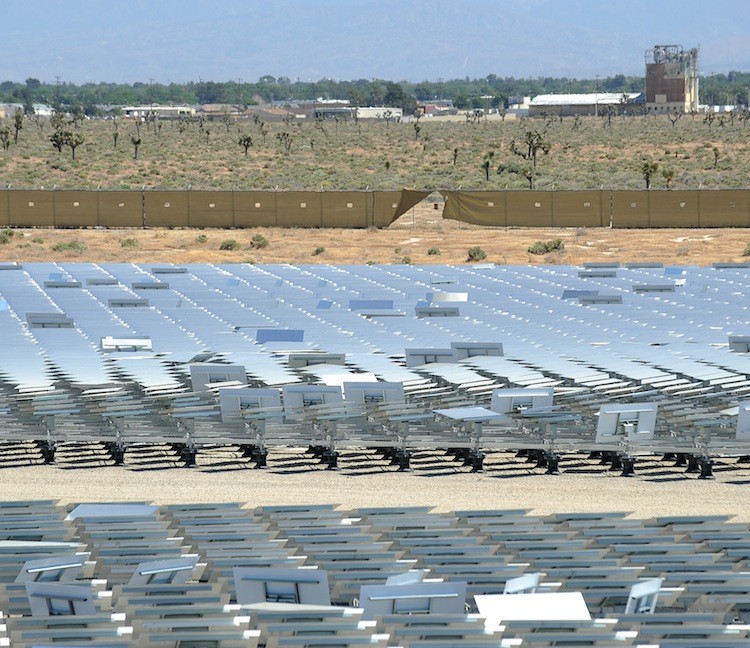Chasing Down Energy Transmission Investments
Despite concerns about the future of energy with its drive toward green, sustainable, or alternative energy sources, in the area of transmission, also called the electric grid, investments have continued, although at a slower pace than a few years ago.

ENERGY SOURCES: Some of the 24,000 mirrors called 'heliostats' at the eSolar Sierra SunTower power plant in Lancaster, Calif. Robyn Beck/AFP/Getty Images
|Updated:





